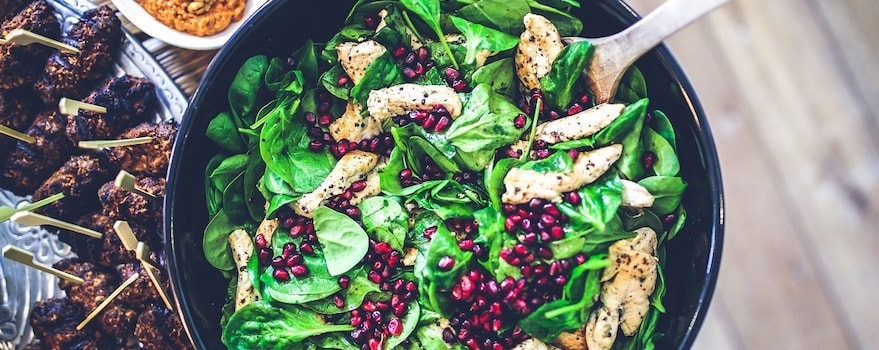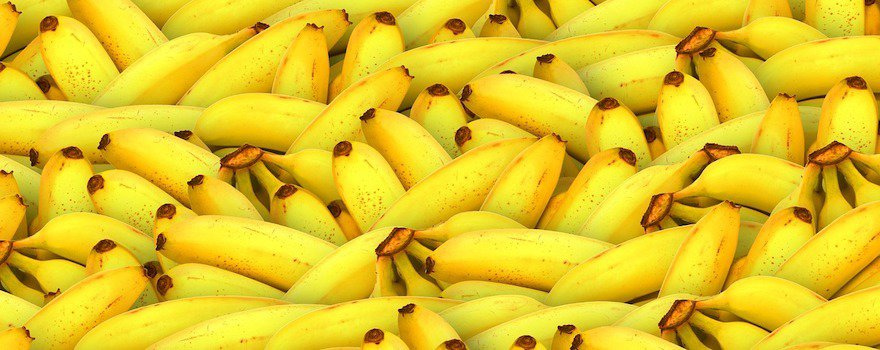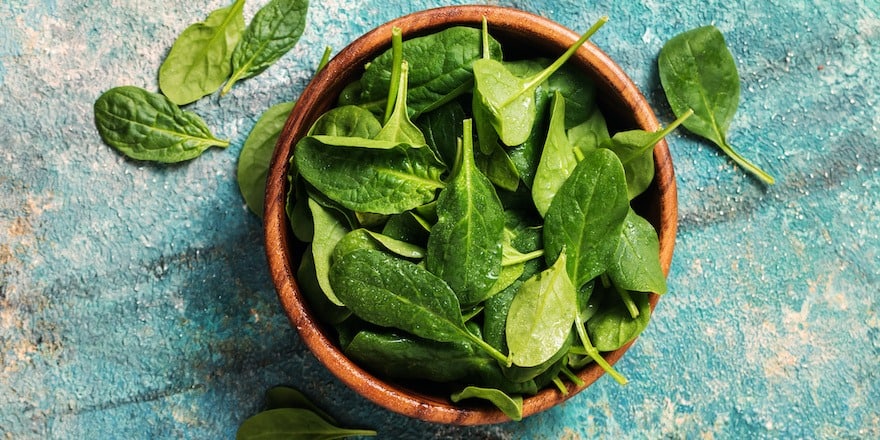What is it?
Vitamin K is an element that plays an indispensable role in coordinating the blood clotting function. It is considered the vitamin of coagulation. Its name actually comes from the German term Koagulation.
It is fat-soluble, meaning it dissolves in fats. It occurs in two natural forms and one synthetic form:
Vitamin K1, found in plant-based foods, also called phylloquinone.
Vitamin K2, of animal origin and synthesized by intestinal bacteria. It is also referred to as menaquinone.
Vitamin K3, a synthetic vitamin called menadione (its use is considered dangerous; it is rarely used today).
Warning: do not confuse the term ‘vitamin K’ with the chemical symbol for potassium: K. They are two distinct entities with different functions.
The benefits of vitamin K
Vitamin K performs several roles in our body:
- Elle facilite la fixation de l’élément calcium au niveau des os et agit sur la fortification de ces derniers. En ce sens, elle favorise la croissance osseuse (surtout chez les enfants et les adolescents), limite l’incidence des fractures et permet de lutter contre l’ostéoporose.
- Au niveau de la coagulation : la vitamine K agit comme un cofacteur, qui va activer les différentes étapes de la coagulation sanguine. Lorsque l’on se blesse et que l’on saigne, la vitamine K intervient donc dans le processus qui entraîne l’arrêt des saignements et met en place les premiers signes de cicatrisation. Un caillot se forme et le sang se solidifie : il coagule.

It is therefore essential to ensure adequate intake for the body to limit the adverse effects of deficiencies or vitamin K overdoses.
Deficiency symptoms
Vitamin K deficiencies rarely occur in adults, because the body can synthesize it. However, they can appear in people with diseases that impair its absorption or intestinal synthesis (Crohn’s disease, cystic fibrosis).
Infants are also at risk of deficiency due to the low amount of vitamin K in breast milk or infant formula. Added to this is the fact that an infant’s intestinal system is immature and therefore cannot synthesize enough vitamin K to build reserves.
To prevent inadequate intake in infants, pediatricians prescribe additional vitamin K supplementation.
The early signs of insufficient vitamin K are:
- Apparition de saignements (nez, gencives) spontanés
- Présence d’hématomes (accumulation de sang sous la peau)
- Purpura : hématomes étendus avec taches violettes ou rougeâtres sous la peau, qui ne disparaissent pas.
- Difficultés à cicatriser, temps de coagulation plus long
- Douleurs articulaires dues à une calcification osseuse
Measuring blood vitamin K levels can reveal potential deficiencies. Don’t hesitate to consult a doctor if you notice such symptoms.
Some medications reduce the body’s absorption of vitamin K. Antibiotics destroy the intestinal flora and, as a result, reduce the body’s synthesis of vitamin K. Therefore, you should be cautious if prescribed one of these treatments.
Warning: taking anti-vitamin K treatments or VKAs (anticoagulant treatment; that is, treatments that help thin the blood) requires reducing dietary vitamin K intake.
Biological monitoring is associated with these treatments to prevent overdoses that require urgent vitamin K supplementation. Vigilance is necessary in such cases.
Recommended daily intakes
Recommended daily intakes of vitamin K are not easy to assess, because this vitamin is partially synthesized by the body.
However, it is recommended to ensure the following intakes:
- Chez les nourrissons de 0 à un an : 0 à 5 µg/jour
- Enfants âgés de 1 à 3 ans : 15 à 30 µg/jour
- Enfants âgés de 4 à 15 ans : 30 à 50 µg/jour
- Femmes adultes : 55 µg/jour
- Hommes adultes : 75 µg/jour
- Femmes enceintes et allaitantes : 45 à 70 µg / jour
- Sportifs : 100 µg/jour
Daily needs are largely met by a balanced diet. Still, it’s important to know the foods richest in vitamin K.
Top 5 foods containing vitamin K
Vitamin K exists in two natural forms and is found in both animal- and plant-derived products.
1. Aromatic herbs

Thyme and parsley are among the foods that contain a significant amount of vitamin K. They provide 1,700 µg and 1,200 µg per 100 g of food, respectively. To benefit from their properties, don’t hesitate to use them in cooking.
Thyme and parsley add flavor to your cooked dishes: fish, meats, soups.
2. Spinach

Spinach is rich in vitamin K, whether raw or cooked. Indeed, its vitamin K content is about 387 µg per 100 g.
It is advisable to eat it regularly. Moreover, being low in calories, spinach makes it possible to prepare balanced meals.
Consume cooked in water, as a side to lean meat or fish and a portion of starchy foods. Spinach is ideal for lunch and dinner.
3. Vegetable oils

Soybean oil, canola oil, and olive oil are sources of vitamin K. Also rich in omega-3s, they are therefore beneficial for the brain and the blood clotting function.
Soybean oil is the richest in vitamin K with an amount of 362 µg/100 g. Canola oil provides 70 µg of vitamin K per 100 g of food, while olive oil provides 48 µg/100 g.
It is preferable to use these oils raw, as accompaniments, to make dressings for your salads and dishes, rather than for frying (a cooking method for which they are less suitable).
Use in moderation, due to their significant caloric content.
4. Banana

Rich in potassium, magnesium, tryptophan and fiber, the banana is a fruit with many nutritional benefits. It also contains vitamin K. This fruit therefore helps provide many nutrients that are beneficial to the body.
Consume as is, at breakfast or as a dessert, after lunch or dinner. The banana is also enjoyed as a light snack in the afternoon. Favor products from organic farming as part of a healthy diet.
5. Liver

Meat lovers can rejoice. Pork and heifer liver also contain vitamin K. With a content of 62 µg/100 g, liver is therefore a significant source of vitamin K.
To promote light cooking, opt for baking in the oven with aromatic herbs. The liver can also be seared in a pan with little fat.
Serve hot, accompanied by vegetables (broccoli, green beans) and starchy foods (potatoes, brown rice), to make a filling and balanced meal.
Note: vitamin K is sensitive to heat, light and oxidation from the air. To preserve the nutritional qualities of foods that contain it, it is best to store them away from light and consume them fairly quickly after purchase.
Symptoms associated with vitamin K overdose
No study has reported cases of vitamin K overdose. Indeed, no maximum dose has been determined.
People taking anticoagulant medication, particularly vitamin K antagonists (VKAs), should limit their daily intake (> 25 µg/day).
Studies have shown that vitamin K supplementation is generally necessary to balance treatment (intakes between 100 µg and 150 µg/day). However, biological monitoring is usually required.
To avoid excessive supplementation, the French Agency for Health Safety (Afssa) has recommended limiting the dosage of dietary supplements containing vitamin K to 25 µg per dose.



